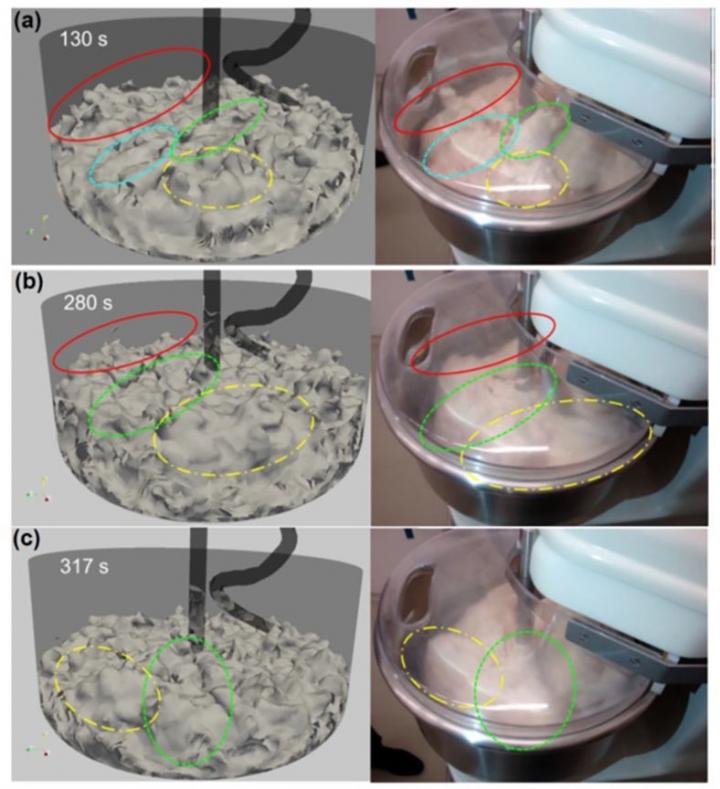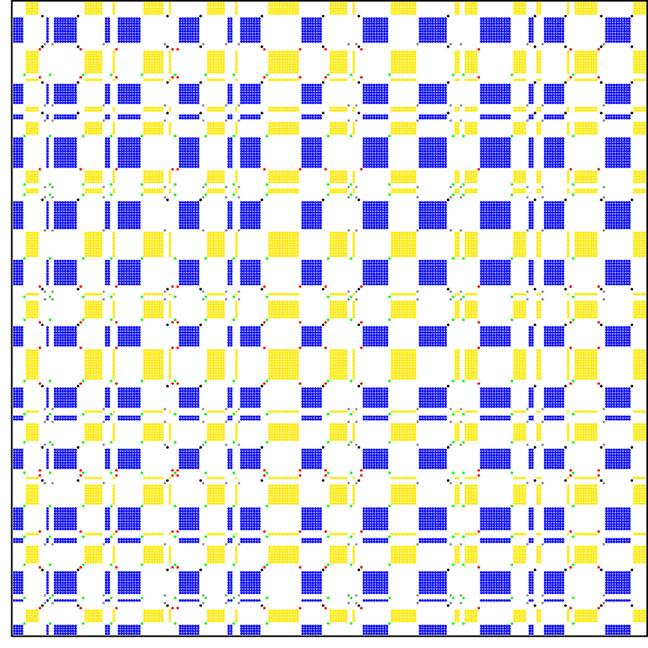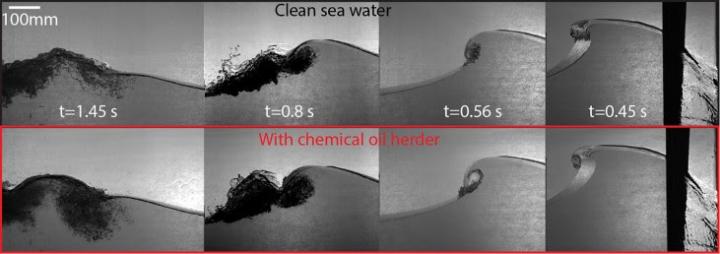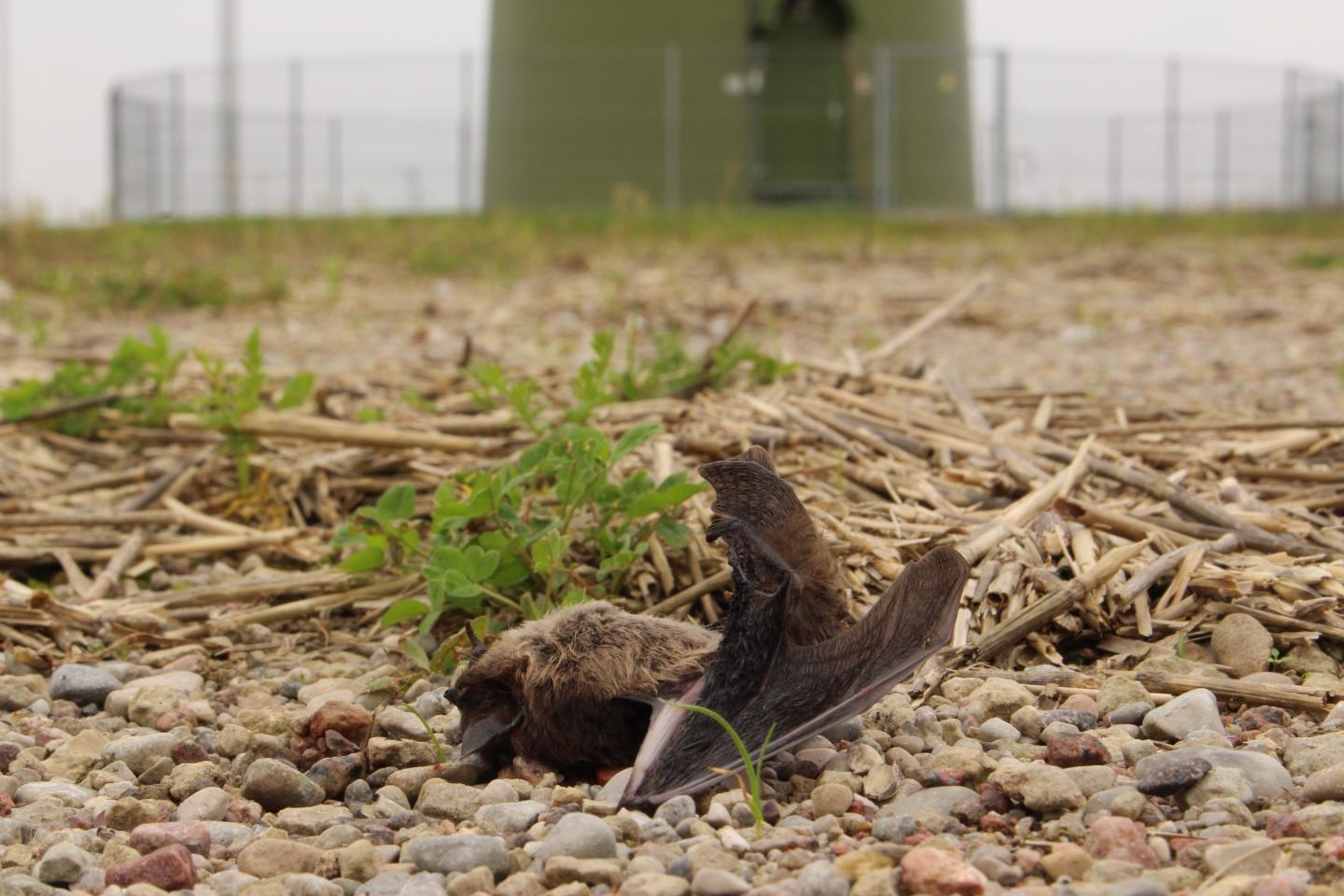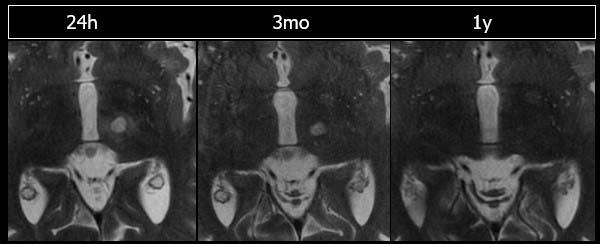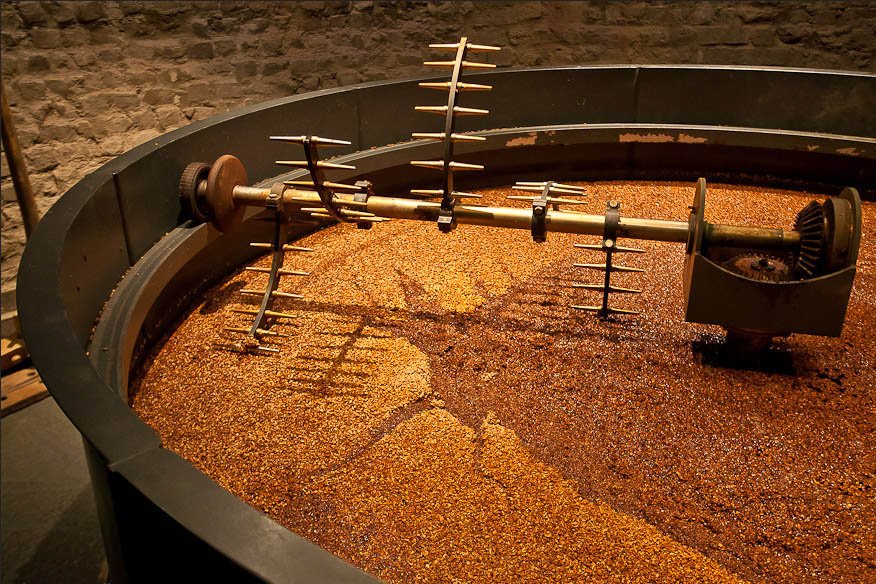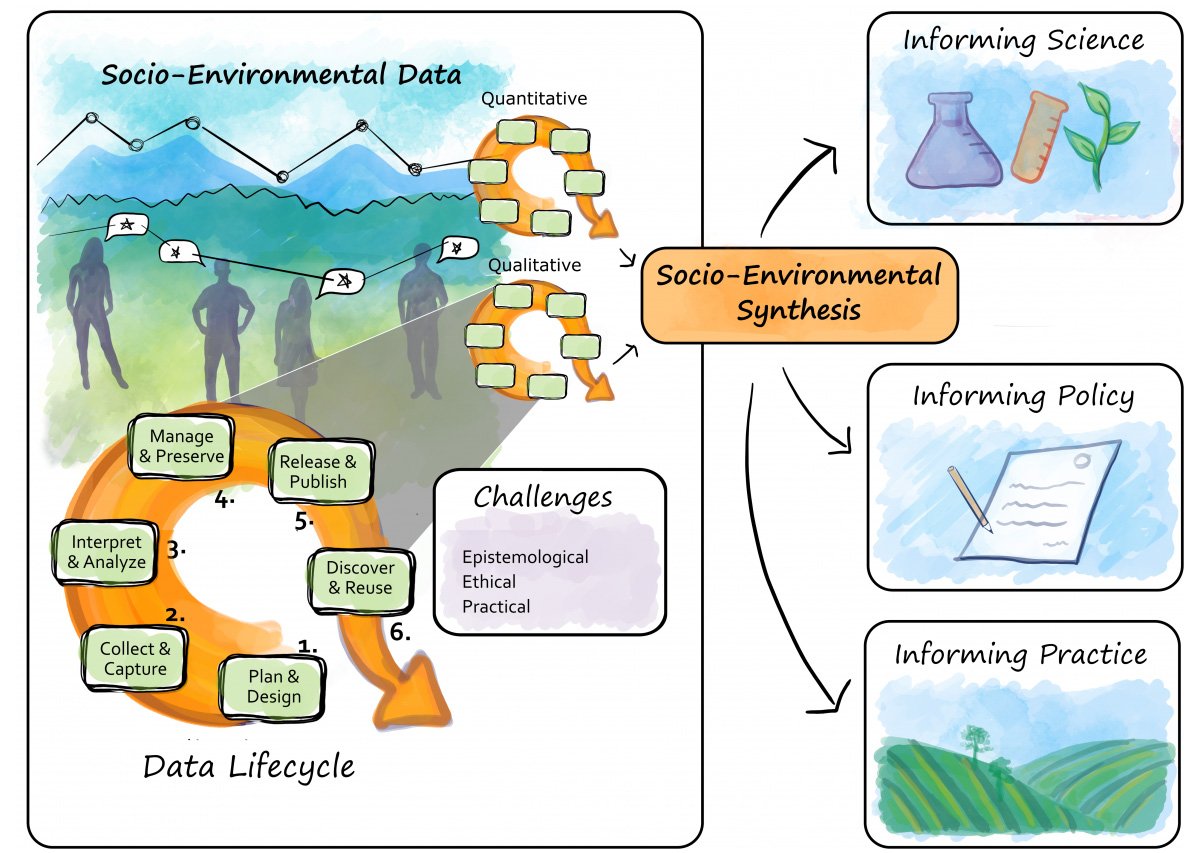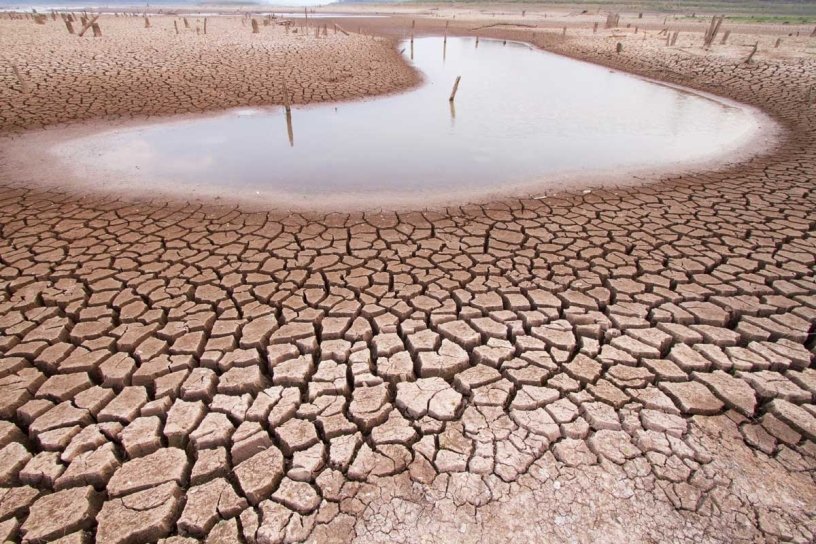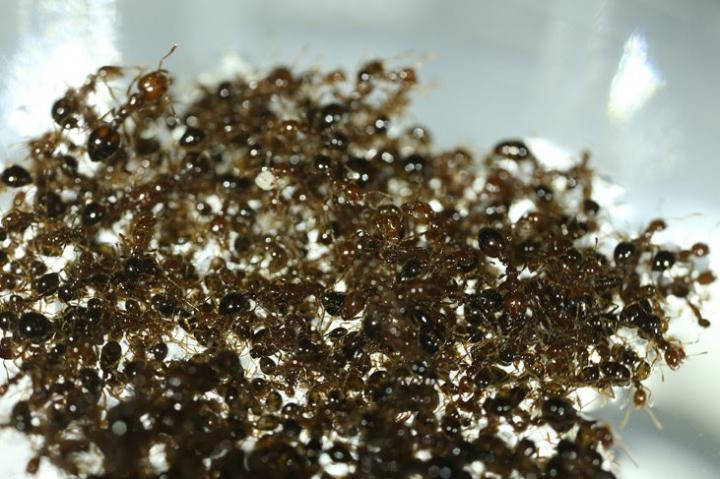Industrial bread dough kneaders could use physics-based redesign
Bakers have been crafting bread for more than 6,000 years with four simple ingredients: flour, salt, water and yeast. Apart from using high-quality ingredients, the kneading process and amount of time the dough is given to rise ultimately determine the bread’s quality. During kneading, air is incorporated into the dough matrix, which develops the gluten … Read more
